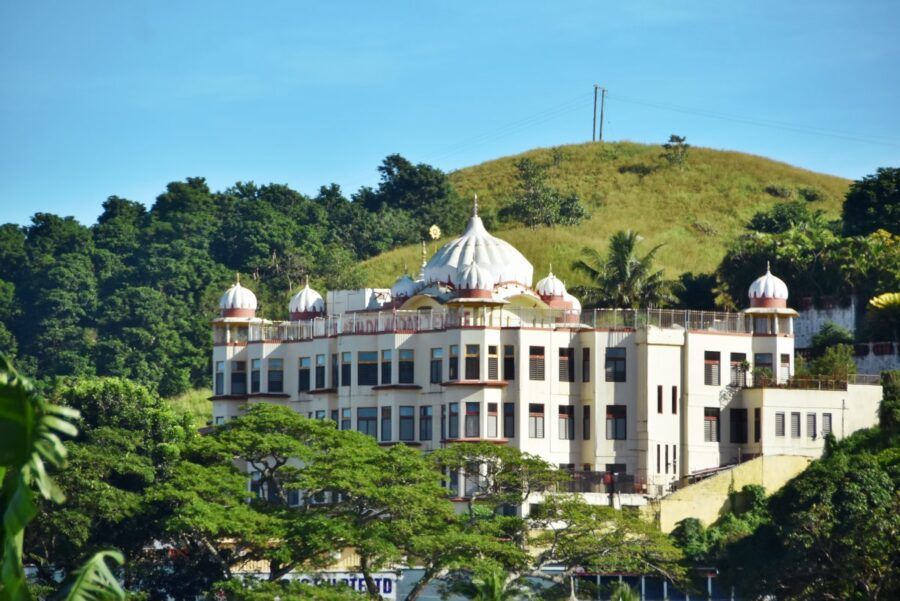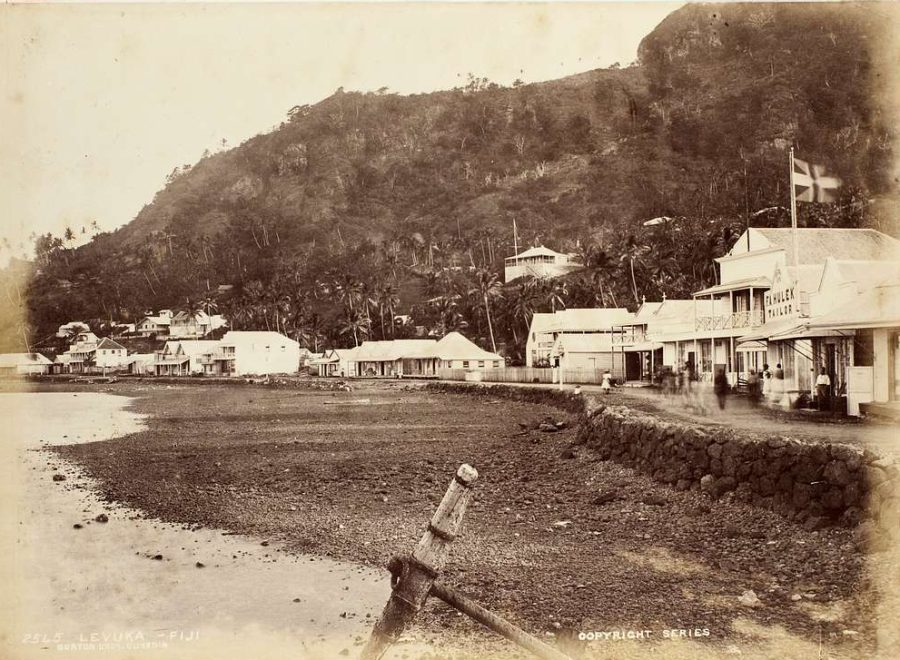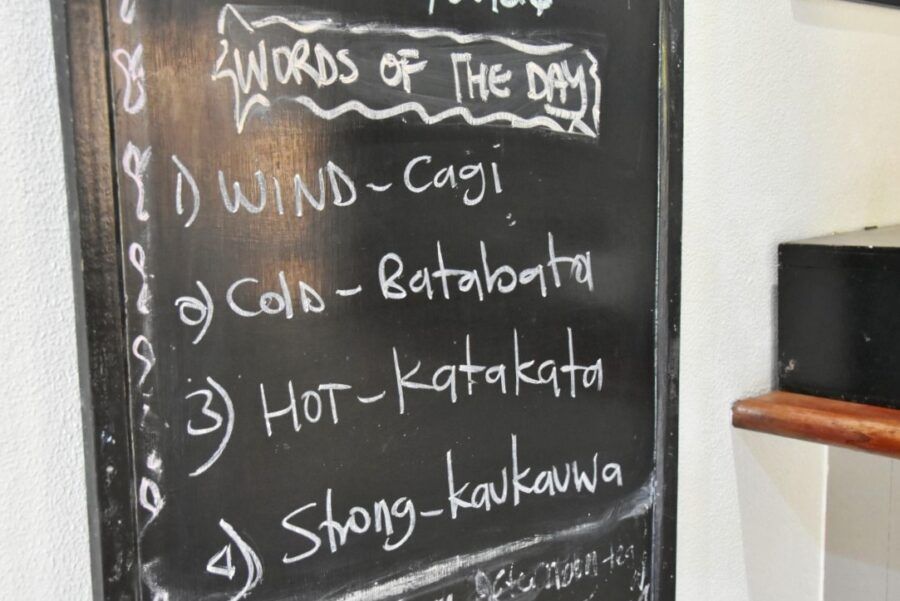A Quick Guide to Fiji’s People
Authentic Insights from Expert Travel Writers
On the island nation of Fiji lives a diverse culture of Fijian and Indo-Fijian people. Fiji has a fascinating social history spanning some 35 centuries, which has led to the development of an intriguing mix of cultures. You’ll learn more about the Fiji people in this guide.
The people of Fiji mainly comprise of native Fijian people, also known as iTaukei, descending from Polynesian, Melanesian and Micronesian people. Many of them live in rural villages with their own unique cultural customs and traditions. Indo-Fijians almost make up the other half of the population, where their ancestors came from India as indentured labourers for the sugar industry.
Before we dive into this guide to the people of Fiji, don’t forget to bookmark The Guide to the Fiji Culture for Travellers.
Just a side note: Our guides are from travel writers who have genuinely visited Fiji and use primary sources for statistics. In other words, we are generated by AI. Scroll to the bottom of the page to learn more about us.
Table of Contents
What Do You Call People From Fiji?
The nationality of a person from Fiji is “Fijian”. Informally, you can call people different names depending on their ethnic group. Native Fijians are officially known as “iTaukei“, “Fijians”, “Native Fijians” or “Indigenous Fijians”, while descendants of the Indian indentured labourers (see more below) are known as “Indo-Fijians” or “Indian Fijians”. These terms are not considered offensive.
In written laws, native Fijians are referred to as “iTaukei”. The word for an indigenous Fijian in the Fijian language is “Kaiviti”.
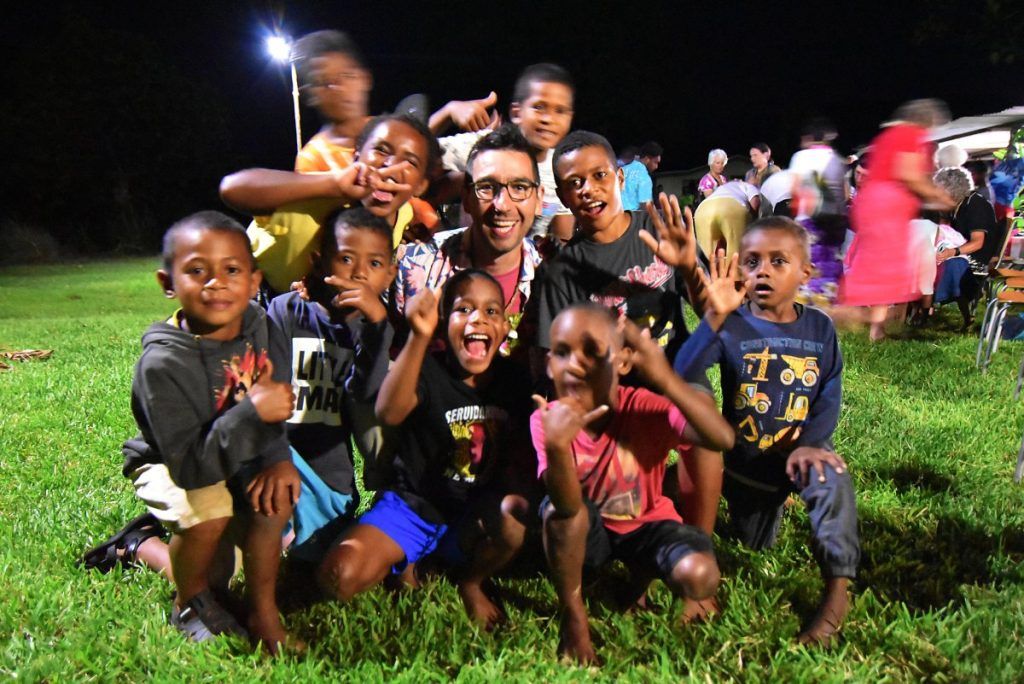 © FijiPocketGuide.com
© FijiPocketGuide.comThe Population of Fiji
In 2017 (the latest Census data), the population of Fiji was recorded at 884,887.
As for the ethnic makeup of Fiji, this data was not released to the public after the 2017 Census, but according to the 2007 Census data, the ethnic makeup of Fiji is as follows:
| 🌍 Population Group | 📊 Percentage |
|---|---|
| Fijians | 56.8% |
| Indo-Fijians | 37.5% |
| European | 1.7% |
| Rotuman | 1.2% |
| Chinese | 0.6% |
| Other | 2.2% |
For more information on Fiji’s demographics, head to the Fiji Bureau of Statistics website.
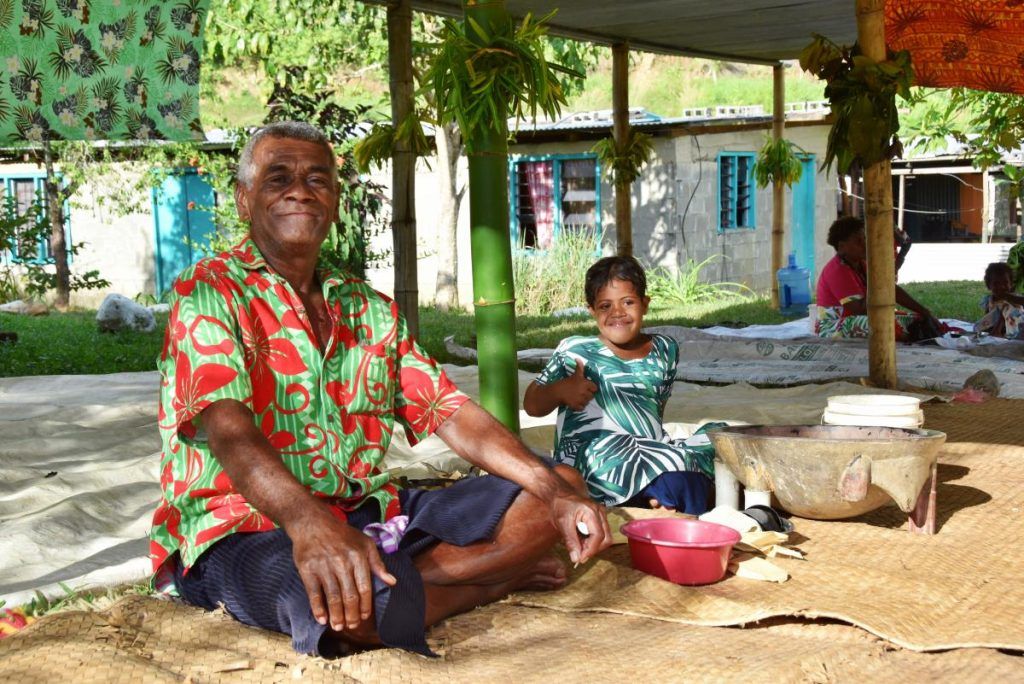 © FijiPocketGuide.com
© FijiPocketGuide.comFiji’s Main Ethnic Groups
Fiji’s population is mainly made up of native Fijians and Indo-Fijians. Other ethnic groups in Fiji reside on the islands mainly due to immigration.
Who are the Fijians (iTaukei)?
The ethnic group called “iTaukei” or the “Fijians” are considered the native people of Fiji. Their history on the islands has been shaped over 3,500 years with influences by Polynesian, Melanesian and Micronesian explorers and settlers. Fijians are indigenous to all parts of Fiji, apart from the Rotuma island group. The original settlers of Fiji are now referred to today as the Lapita people.
Fijians have a distinct culture, especially concerning traditions and customs played out in village life. In our experience, many of these traditions can be seen being played out today through many cultural activities available to visitors in Fiji, as well as through Fijian village homestays or village visits. Find out more about experiencing the Fijian culture in the 10 Best Ways to Experience the Fijian Culture, as well as the 10 Authentic Village Stays in Fiji.
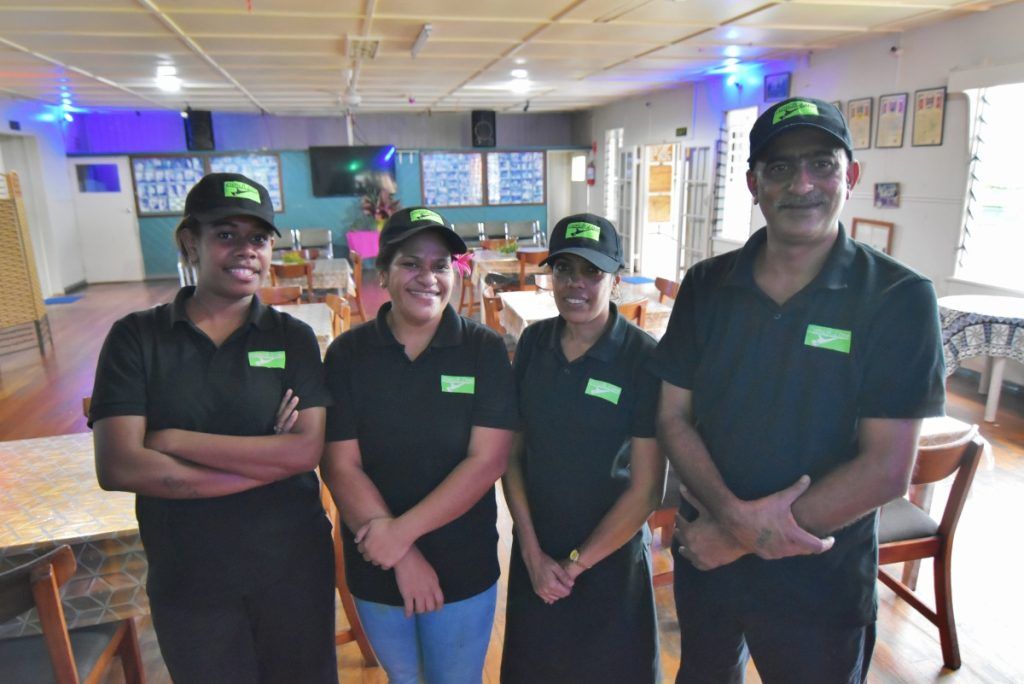 © FijiPocketGuide.com
© FijiPocketGuide.comWho are the Indo-Fijians?
Indo-Fijians are Fiji citizens or residents of Indian descent. Most Indo-Fijians trace their heritage to the indentured labourers who came to Fiji to work in the sugar industry.
Between 1878 and 1916, during the British colonial period in Fiji, Britain wanted to exploit the cotton, copra and sugar cane plantation opportunities in Fiji, which required cheap labour. Since the British government received pressure from its citizens not to use indigenous labour, Britain turned to the Indian colonial government to create an indentured labour scheme. Indian labourers came to Fiji on a five-year contract. When their contract finished, the labourers would have a conditional free passage back to India or could stay in Fiji. Many stayed in Fiji and brought their families across from India.
The Indo-Fijian culture can be experienced mainly in the towns and cities across Fiji. Indian food, religion, and language have influenced the landscape of Fiji, and we have certainly experienced this vibrant culture on all our visits to Fiji. We recommend experiencing the Indo-Fijian culture through sightseeing in Fiji’s cities and homestays with Indo-Fijians.
Learn more about Fiji’s interesting history in A Brief History of Fiji.
Other Ethnicities in Fiji
Europeans and Part-Europeans
The arrival of Europeans in Fiji during the 1800s marked a significant turning point in the island nation’s history. Explorers, traders, missionaries, and settlers brought new influences that reshaped Fijian society. One of the most profound changes was the introduction of Christianity, which quickly took root alongside traditional beliefs.
In 1874, Fiji became a British colony, setting the stage for major political and economic shifts. European settlers, particularly the British, played a dominant role in colonial administration and business. Over time, intermarriage between Europeans and Fijians led to the emergence of a unique “Part-European” community, complete with its own distinct culture and language.
Today, while Europeans and Part-Europeans make up only a small percentage of Fiji’s population, their influence remains evident in various aspects of society. From governance to education and business, you’ll find traces of this historical connection. However, Fiji has worked hard to strike a balance, preserving its rich indigenous culture and traditions while embracing its diverse heritage.
Rotumans
The Rotumans, a fascinating Polynesian ethnic group, call the island of Rotuma their ancestral home. This remote paradise, part of Fiji yet some 465 km (289 mi) away, boasts a rich culture woven from Micronesian, Melanesian, and Polynesian influences. Rotuma became part of Fiji in 1881.
Rotumans are known for their distinctive appearance, with light olive to medium brown skin and wavy black hair. Some even sport naturally copper-ginger locks – a unique trait that sets them apart from their Polynesian neighbours. While many Rotumans have migrated to Fiji and beyond, they’ve managed to keep their cultural flame burning bright. This diaspora has actually strengthened their ethnic identity, with Rotumans proudly preserving their traditions while embracing modern life.
Chinese
Chinese settlers began arriving in Fiji in the late 1800s, with significant immigration during colonial times. Today, around 10,000 Chinese Fijians call this island nation home, making up a small but important part of Fiji’s vibrant multicultural society. You’ll find two distinct groups within the community: the “old Chinese” with deep roots in Fiji and the “new Chinese” who arrived after 1999. These industrious folks have played a crucial role in Fiji’s economic growth, particularly in retail, hospitality, and import-export businesses. While maintaining their cultural heritage, many Chinese Fijians have embraced local customs and languages. The Lunar New Year celebrations have even become a highlight on Fiji’s multicultural calendar.
Pacific Islanders
Fiji’s cultural makeup is further enriched by its Pacific Islander minorities, who’ve shaped the nation’s identity for centuries. The Lau Islands showcase a fascinating mix of Tongan and Fijian cultures due to historical Tongan invasions. Solomon Islanders arrived in the 19th century, brought by blackbirders for agricultural work. The Banaban people, originally from Kiribati, found a new home on Rabi Island in 1945 after phosphate mining made their homeland uninhabitable. Similarly, Tuvaluans were resettled on Kioa Island in 1947 due to overcrowding concerns. Today, Pacific Islander communities face challenges such as climate change impacts and economic integration, which may result in more migration to Fiji.
 © FijiPocketGuide.com
© FijiPocketGuide.comWhere Does the Fijian Population Live?
Fiji is made up of 333 islands. The two largest and most populated islands are Viti Levu (in the south) and Vanua Levu (in the north).
Indo-Fijians make up most of the population on Viti Levu and Vanua Levu, living in the towns and cities, while indigenous Fijians live in rural parts of the main islands, but more so in villages on the outer islands. Many young Fijians move to urban centres in Fiji for education or work. In short, 55.9% of Fiji’s population lives in urban areas and 44.1% live in rural areas.
To see how Fiji’s population is dispersed across the islands, check out the Fiji Bureau of Statistics’ Population Grid.
Fiji’s Town Populations
Most people in Fiji live in the nation’s capital, Suva, with an urban population of approximately 100,200, which is about 21% of the total population. After that, Fiji’s population is distributed across various urban centres, with Nadi (42,200), Nausori (57,900), Lautoka (52,220), and Labasa (28,500) being some of the most populous towns. Many of these urban areas are located along the coasts of the two main islands, Viti Levu and Vanua Levu, which together account for about 87% of Fiji’s total population.
The largest cities in Fiji are Suva, Lautoka, Nadi, Labasa and Ba. Find out more in The 5 Biggest Towns & Cities in Fiji.
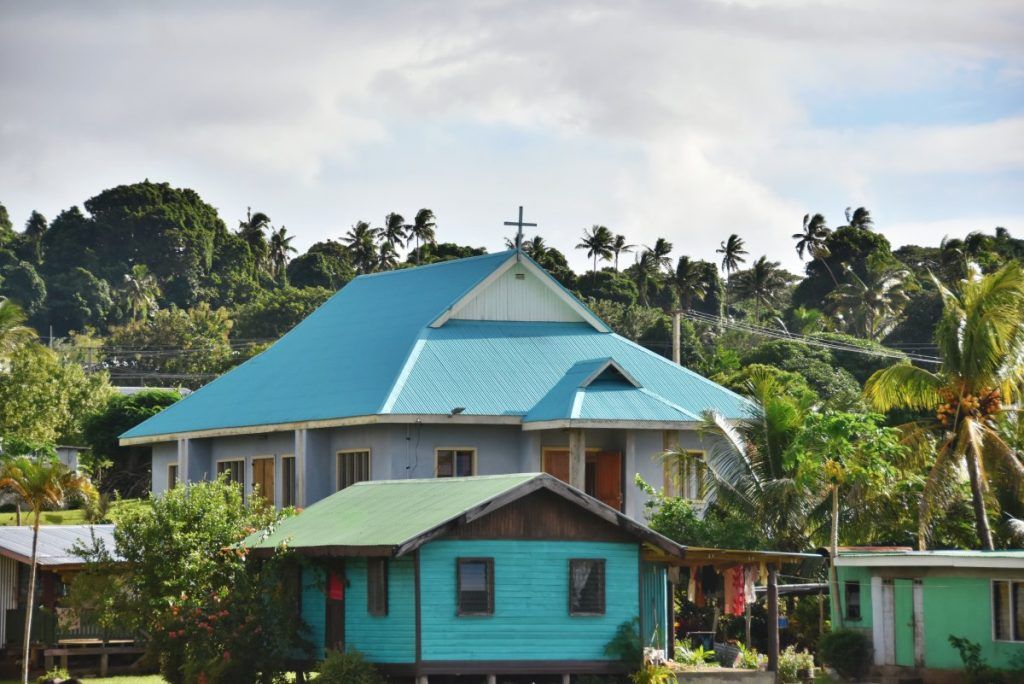 © FijiPocketGuide.com
© FijiPocketGuide.comThe Fijian Lifestyle
So, what is life like in Fiji? Fijian and Indo-Fijian ways of life are always hot topics in Fiji and are very evident once you visit. In villages, Fijians live independently and conservatively, usually with much of their own food source, thanks to Fiji’s tropical climate. To over-simplify, village life often revolves around community, school and church. In urban centres, where the population is mostly Indo-Fijian, life revolves more around work, education and family.
One last thing to note is the “relaxed” approach the entire nation of Fiji has toward life. Fiji has its own national psyche known as “Fiji time”, which tends to mean “things will get done when they get done, or not at all”. Find out more in our What Does Fiji Time Mean? (& What You Need to Know About It).
Of course, there’s a lot more to the Fijian lifestyle and psyche, so take a look at A Traveller’s Guide to the Fijian Culture to learn more.
 © FijiPocketGuide.com
© FijiPocketGuide.comFrequently Asked Questions About the People of Fiji
Now that you know about the people of Fiji, here are the answers to the internet’s frequently asked questions about Fijians!
What nationality are Fijians?
Fijians are citizens of Fiji, a sovereign island nation in the South Pacific Ocean. The nationality of people from Fiji is “Fijian”. This term encompasses all citizens of Fiji, regardless of their ethnic background, which includes indigenous Fijians (iTaukei), Indo-Fijians, and other ethnic groups.
Where are the Fijians originally from?
The indigenous Fijians, known as iTaukei, are believed to have originally come from other parts of Melanesia and Polynesia. Archaeological evidence suggests that the first settlers arrived in Fiji around 3,500 years ago, likely from the west, possibly from the Vanuatu archipelago. Over time, there was also significant influence from Polynesian cultures, particularly Tonga and Samoa.
What country does Fiji belong to?
Fiji is an independent country and doesn’t belong to any other nation. It gained independence from British colonial rule on 10 October 1970. Fiji is a sovereign democratic state with its own government, laws, and international relations. It’s a member of the United Nations and various other international organisations.
What are the main ethnic groups in Fiji?
Fiji is known for its diverse population. The two main ethnic groups are:
- iTaukei (indigenous Fijians): About 57% of the population
- Indo-Fijians (of Indian descent): Approximately 37% of the population
The remaining 6% includes other Pacific Islanders, Europeans, Chinese, and people of mixed ethnic backgrounds.
What languages are spoken in Fiji?
The official languages of Fiji are:
- English
- Fijian (iTaukei)
- Hindi
English is widely used in government, business, and education. Fijian and Hindi are commonly spoken in daily life, with various dialects existing across the islands.
What is the main religion in Fiji?
Christianity is the predominant religion in Fiji, with about 65% of the population identifying as Christian. The main denominations are:
- Methodist
- Roman Catholic
- Assembly of God
Hinduism is the second-largest religion, followed by about 28% of the population, mainly among Indo-Fijians. Islam is practised by about 6% of Fijians. To learn more about Fiji’s religions, check out The Guide to the Religions in Fiji.
More About the People of Fiji
That’s it for our guide to the people of Fiji, for more information about ethnicities and population, check out the following articles:
Finally, if there’s anything we’ve missed, you’re likely to find it in our 30 Tips for Travelling in Fiji.
Sources:
The information in this guide has been compiled from our extensive research, travel and experiences across Fiji and the South Pacific, accumulated over more than a decade of numerous visits to each destination. Additional sources for this guide include the following:
- Tourism Fiji (General travel advice - Updated [2025])
- Fiji Immigration (Visa and immigration advice - Updated [2025])
- Fiji Revenue & Customs Service (Customs and visitor taxes - Updated [2025])
- Biosecurity Authority of Fiji (Biosecurity advice - Updated [2025])
- Fiji Meteorological Service (Weather forecast and warnings - Updated [2025])
- Fiji Bureau of Statistics (Statistics and travel data - Updated [2025])
- Ministry of Tourism and Civil Aviation (Tourism statistics - Updated [2025])
- Land Transport Authority (Road safety advice - Updated [2025])
- Safe Travel (New Zealand travel advisory for Fiji - Updated [2025])
- Smart Traveller (Australia travel advisory for Fiji - Updated [2025])
- Travel.State.Gov (U.S. travel advisory for Fiji - Updated [2025])
- SPTO (Pacific tourism advice - Updated [2025])
- Fiji Hotel and Tourism Association (Tourism trade association - Updated [2025])
Our editorial standards: At Fiji Pocket Guide, we uphold strict editorial standards to ensure accurate and quality content.

About The Author
Robin (Ruveni) C.
This article was reviewed and published by Robin, the co-founder of Fiji Pocket Guide. He has lived, worked and travelled across 16 different countries before settling in the South Pacific, so he knows a thing or two about planning the perfect trip in this corner of the world. Robin is also the co-founder of several other South Pacific travel guides and is a regular host of webinars with the South Pacific Tourism Organisation.
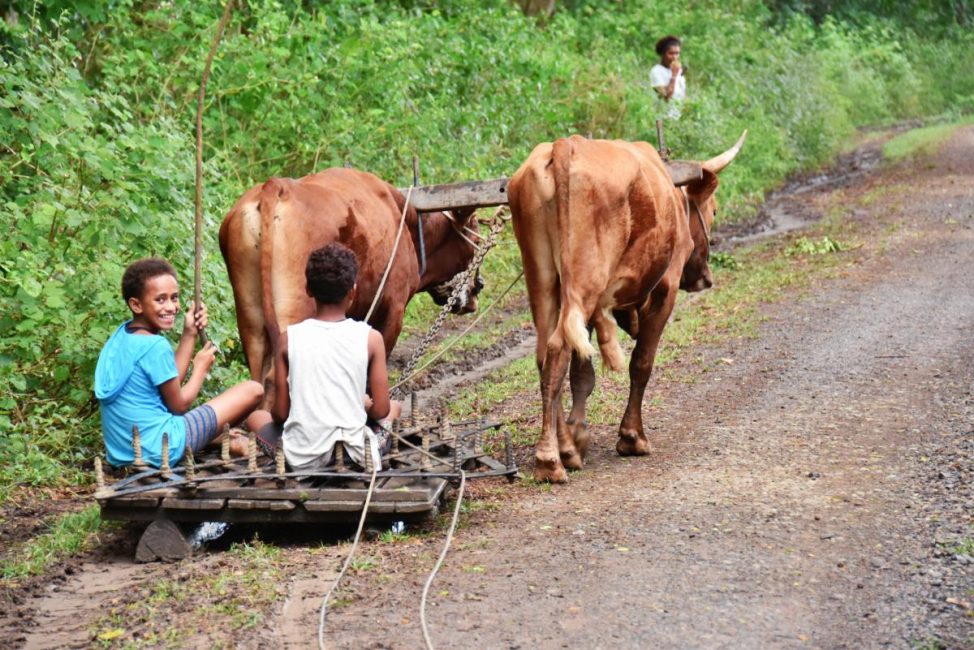
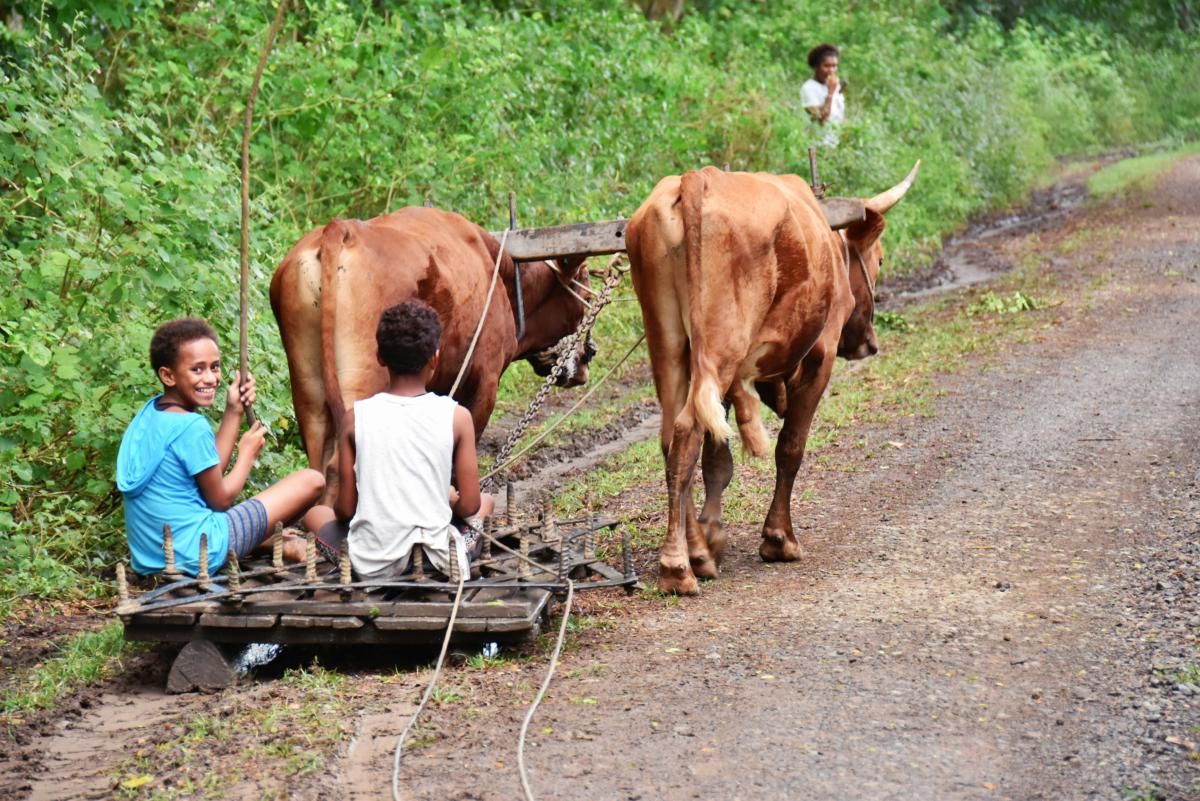


![A Traveller's Guide to the Fiji Cultures 🌺 [2025]](https://fijipocketguide.com/wp-content/uploads/2021/12/Cicia-Lau-Village-School-Children-Meke-CREDIT-Fiji-Pocket-Guide--e1729536240232-900x490.jpg)

